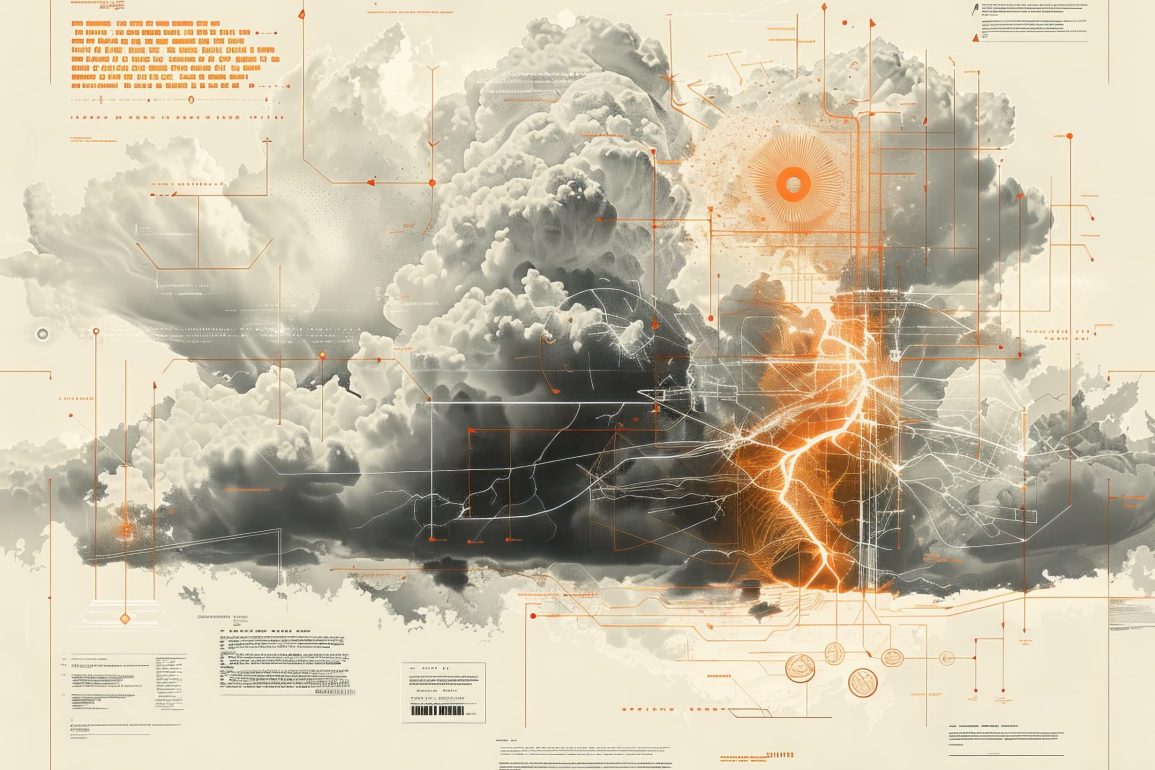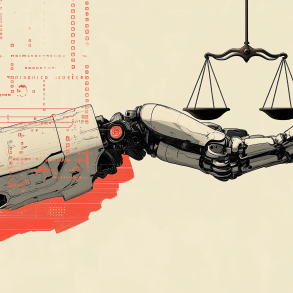New Model Aims to Improve Reliability and Reduce Energy Consumption
Google has developed a new computer model combining traditional weather forecasting technology with machine learning, outperforming other AI-based tools to predict weather scenarios and long-term climate trends. This model, described in Nature on 22 July, is the first machine-learning model to generate accurate ensemble weather forecasts, which present a range of scenarios.
Current forecasting systems rely on general circulation models (GCMs), which use the laws of physics to simulate processes in Earth’s oceans and atmosphere. These models require significant computing power. Advances in machine learning are starting to offer more efficient alternatives.

Existing machine-learning forecasting models, such as Pangu-Weather by Huawei and GraphCast by DeepMind, match GCMs in accuracy for deterministic forecasting, which generates a single weather forecast. However, GCMs are not as reliable for ensemble forecasting or long-term climate predictions.
NeuralGCM, Google’s new model, can produce accurate short-term, deterministic weather forecasts of one to three days while using much less power than GCMs. It also makes fewer errors in long-term forecasts beyond seven days, with performance comparable to the European Centre for Medium-Range Weather Forecast’s ensemble model (ECMWF-ENS), considered the gold standard for weather forecasting.
The research team tested NeuralGCM’s ability to forecast weather phenomena, such as tropical cyclones. They found that many pure machine-learning models produced inconsistent and inaccurate forecasts compared to NeuralGCM and ECMWF-ENS. NeuralGCM also produced more realistic counts and trajectories of tropical cyclones in a shorter time than ultra-high-resolution climate models known as global storm-resolving models.
Implications and Applications of Google’s NeuralGCM
Google’s new model represents a significant advancement in weather and climate forecasting, offering a faster, less energy-intensive, and more detailed alternative to existing tools. This development has important implications for various sectors and the general public.
For emergency services and disaster management agencies, producing more accurate and timely forecasts can improve preparedness and response times to extreme weather events, potentially saving lives and reducing property damage. Enhanced tropical cyclone predictions, for example, can lead to better evacuation planning and resource allocation.
In agriculture, accurate long-term climate forecasts can help farmers make informed decisions about crop planting and harvesting schedules, irrigation planning, and resource management, leading to increased yields and reduced losses due to unexpected weather changes.
Energy companies can benefit from precise weather predictions by optimizing the production and distribution of energy, particularly for renewable sources like wind and solar power, which are highly dependent on weather conditions.
Urban planners and infrastructure developers can use long-term climate forecasts to design resilient cities and infrastructure that can withstand future weather extremes, ensuring the safety and sustainability of urban environments.
The general public can also use these enhanced forecasts to better plan daily activities and long-term events. Improved weather predictions can lead to more informed decisions regarding travel, outdoor activities, and personal safety during severe weather conditions.
By providing a tool that offers reliable and rapid weather and climate forecasts, Google’s NeuralGCM has the potential to significantly impact various industries and improve overall societal resilience to climate variability and extreme weather events.
A Brighter Forecast for the Future
With Google’s NeuralGCM, the forecast looks promising—not just for predicting weather but for enhancing our ability to navigate an ever-changing climate. Imagine planning your weekend outings with pinpoint accuracy, farmers optimizing their harvests, and cities becoming more resilient—all thanks to this cutting-edge AI technology. As we look to the horizon, it’s clear that with tools like NeuralGCM, the future of weather forecasting is not just bright; it’s brilliantly clear. So, here’s to fewer rainy days ruining your plans and more sunny days ahead, all thanks to a bit of AI magic.









